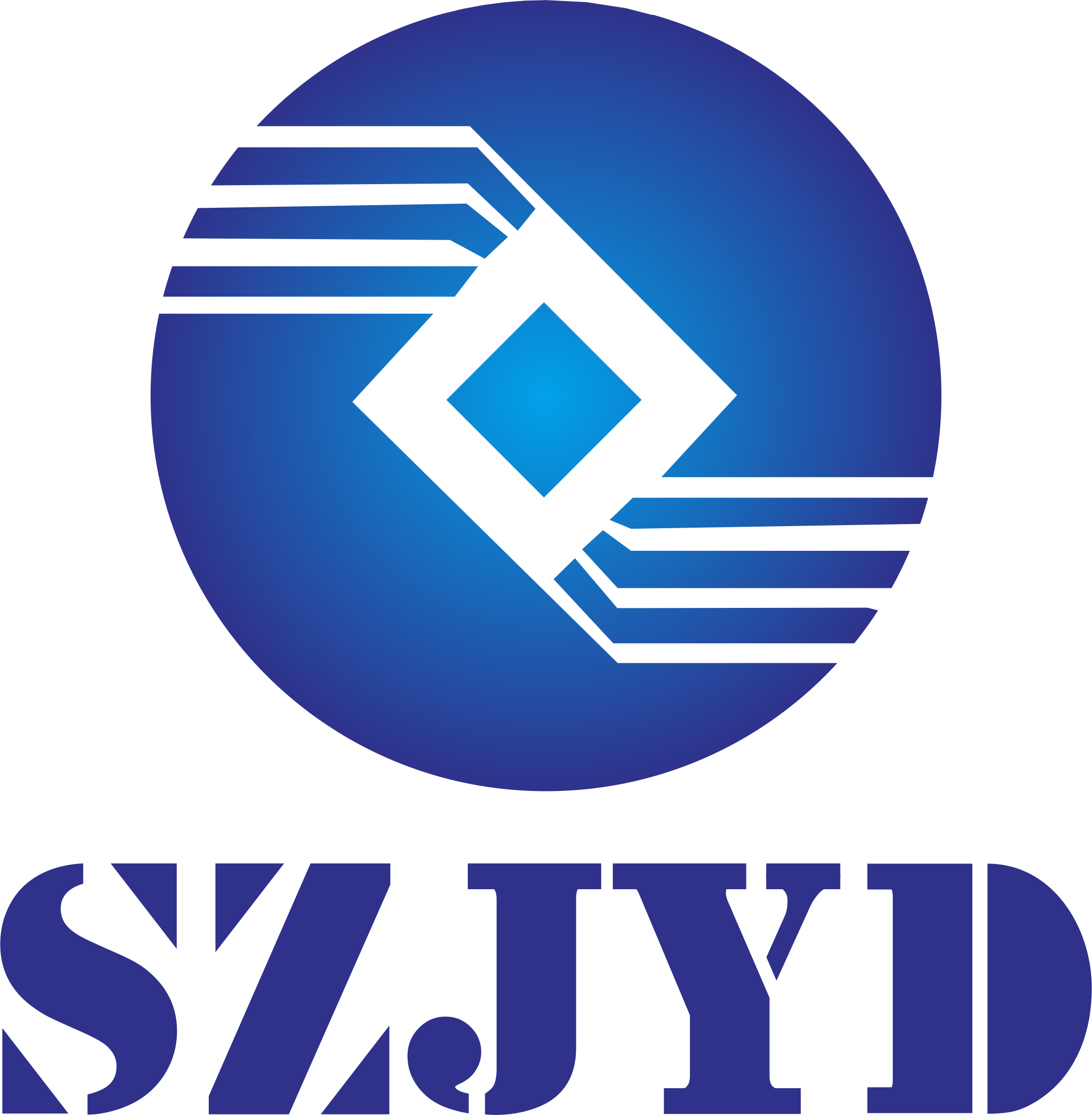
Safety Precautions for Warning Lights in the Forklift Industry
In the forklift industry, warning lights play a crucial role in enhancing safety. Here are some important application notes.
Installation Location: Warning lights should be installed in highly visible positions on the forklift. For example, on the front and rear of the vehicle body, as well as on the top of the cab. This ensures that operators in all directions can easily notice the signals, reducing the risk of collisions.
Light Color and Pattern: Different colors and flashing patterns of warning lights convey specific meanings. Red is often used to indicate danger or stop, and a steady red light might signify that the forklift is stationary or about to stop. Flashing yellow lights usually warn of caution, such as when the forklift is operating in a restricted area or making a turn. It is essential to follow industry standards and regulations regarding color and pattern usage to avoid confusion.
Maintenance and Inspection: Regular maintenance of warning lights is necessary. Check for any damage to the light bulbs, wiring, or the light housing. Damaged lights may not function properly, leading to potential safety hazards. Inspect the connection of the warning lights to the forklift's power supply to ensure a stable electrical connection. Replace any faulty components promptly.
Visibility in Different Environments: Consider the working environment of the forklift. In a bright, well-lit warehouse, the brightness and contrast of the warning lights need to be sufficient to stand out. In a darker or outdoor environment, the lights should have adequate luminosity to be visible from a distance. Additionally, ensure that the lights are not affected by dust, dirt, or fog, which could reduce their visibility.
Operator Training: Forklift operators must be trained to understand the meaning of different warning lights. They should know how to respond when they see a particular light signal. For example, when a red stop light is on, operators should immediately bring the forklift to a halt and wait for further instructions.
In conclusion, proper application and management of warning lights in the forklift industry are vital for preventing accidents and ensuring a safe working environment. Adhering to these precautions can significantly reduce the likelihood of collisions and other safety incidents, protecting both the operators and those working in the vicinity of the forklift.










